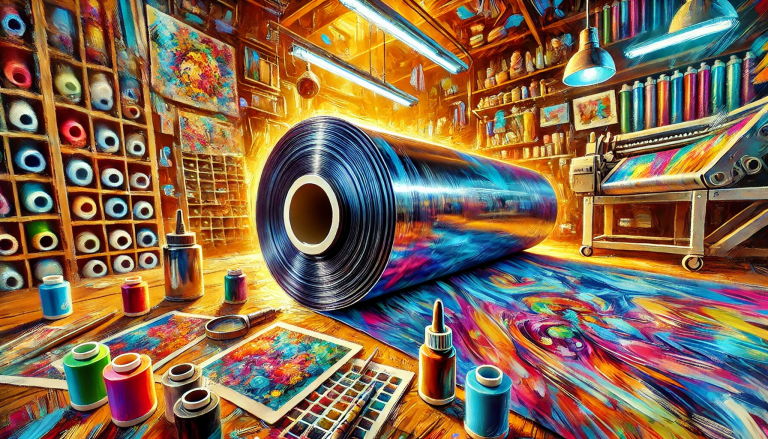“Unlocking the Secrets of UV DTF Film Curing Temperature” -MAXDTF- UV DTF Decal Factory, UV DTF transfer Film Wholesale, Made in China
Introduction
In the world of modern printing technology, UV Direct-to-Film (DTF) printing has emerged as a game-changer, enabling high-quality and vibrant designs to be transferred onto a variety of surfaces. One crucial aspect that significantly impacts the success of a UV DTF print is the curing temperature. In this blog, we’ll delve into the importance of UV DTF film curing temperature and how it influences the final print quality.
Understanding UV DTF Printing
UV DTF printing involves the direct transfer of an image from a printed film to a substrate using UV-curable inks. This technology offers several advantages, including fast curing times, reduced production costs, and exceptional color vibrancy. Proper curing is essential to ensure that the ink adheres to the substrate effectively and achieves the desired durability and resistance properties.
The Significance of Curing Temperature
Curing temperature plays a pivotal role in the UV DTF printing process. The ink used in this method contains photoinitiators that initiate the curing process when exposed to UV light. The heat generated during curing helps the ink molecules crosslink, forming a strong and durable bond with the substrate. The right curing temperature ensures that this crosslinking process occurs optimally, resulting in enhanced adhesion, color brilliance, and overall print longevity.
Impact on Adhesion
Insufficient curing temperature can lead to poor adhesion between the ink and the substrate. This can result in issues like ink rubbing off, cracking, or peeling over time. In contrast, proper curing temperature facilitates strong bonding between the ink and the substrate, reducing the likelihood of premature wear and tear.
Color Vibrancy and Image Quality
Curing temperature directly influences the color vibrancy and image quality of UV DTF prints. Inadequate curing can cause colors to appear dull and lackluster. On the other hand, optimal curing temperature ensures that the ink fully solidifies and retains its vibrant hues, resulting in visually appealing and eye-catching prints.
Durability and Resistance Properties
UV DTF prints are often applied to a range of surfaces, including textiles, plastics, and metals. Adequate curing temperature contributes to the development of a robust ink layer that withstands external stresses such as friction, moisture, and UV exposure. Properly cured prints exhibit improved scratch and chemical resistance, making them suitable for various applications.
Finding the Right Balance
While high curing temperatures might seem beneficial for quick and thorough ink curing, it’s important to strike a balance. Excessive heat can potentially damage delicate substrates or cause unwanted effects such as ink blooming. Therefore, printer operators need to experiment with curing temperatures and conduct tests to determine the optimal balance between curing efficiency and substrate compatibility.
Conclusion
In the realm of UV DTF printing, achieving remarkable results relies heavily on understanding the role of curing temperature. The delicate dance between heat, photoinitiators, and substrate compatibility determines the quality, durability, and vibrancy of the final print. Print operators and businesses that invest time in mastering the nuances of curing temperature are likely to reap the rewards of exceptional prints that captivate and endure.
As technology continues to evolve, UV DTF printing is expected to undergo further refinements, potentially simplifying the curing process without compromising quality. For now, keeping a keen eye on curing temperature remains a fundamental practice in the pursuit of UV DTF printing perfection.



